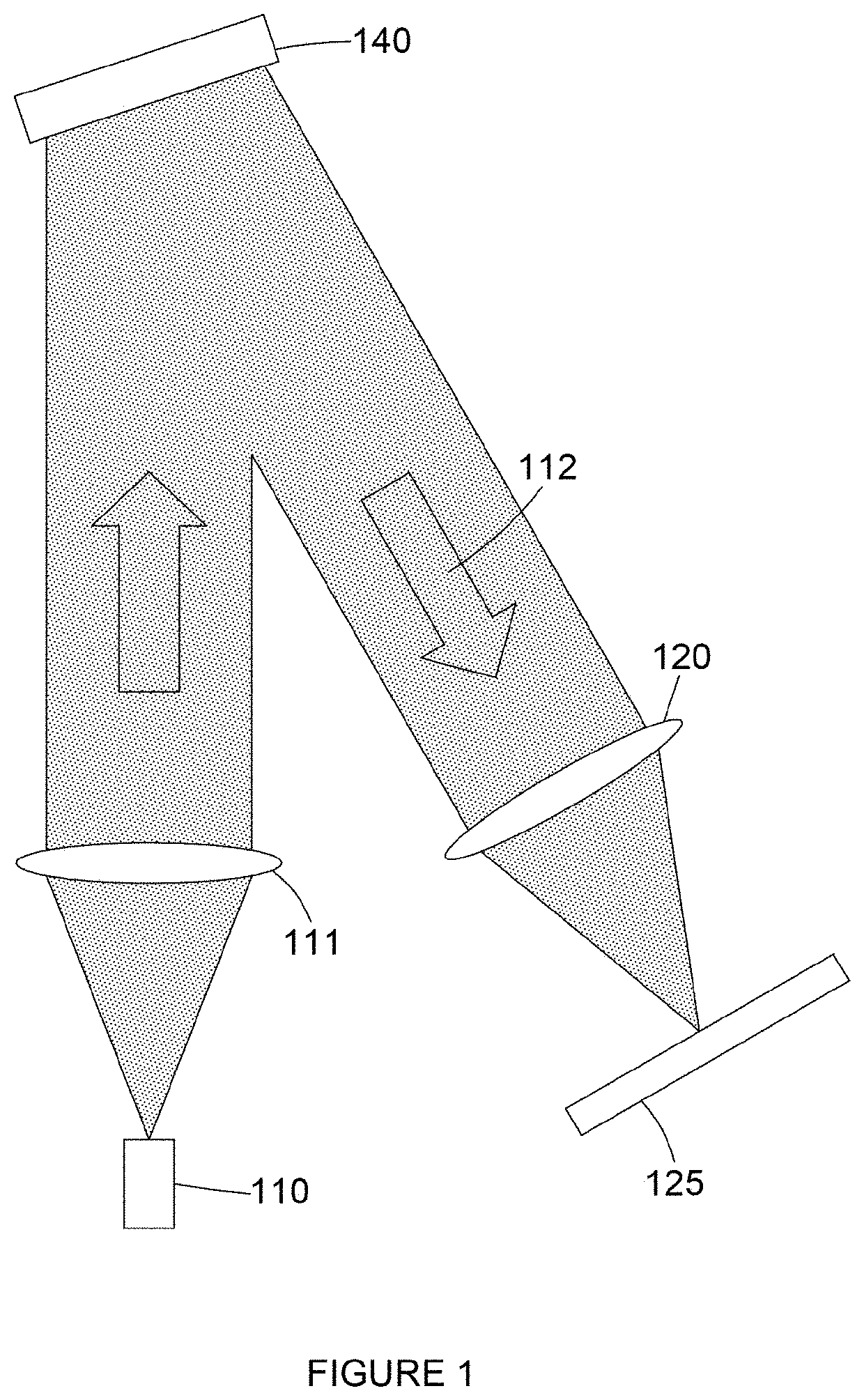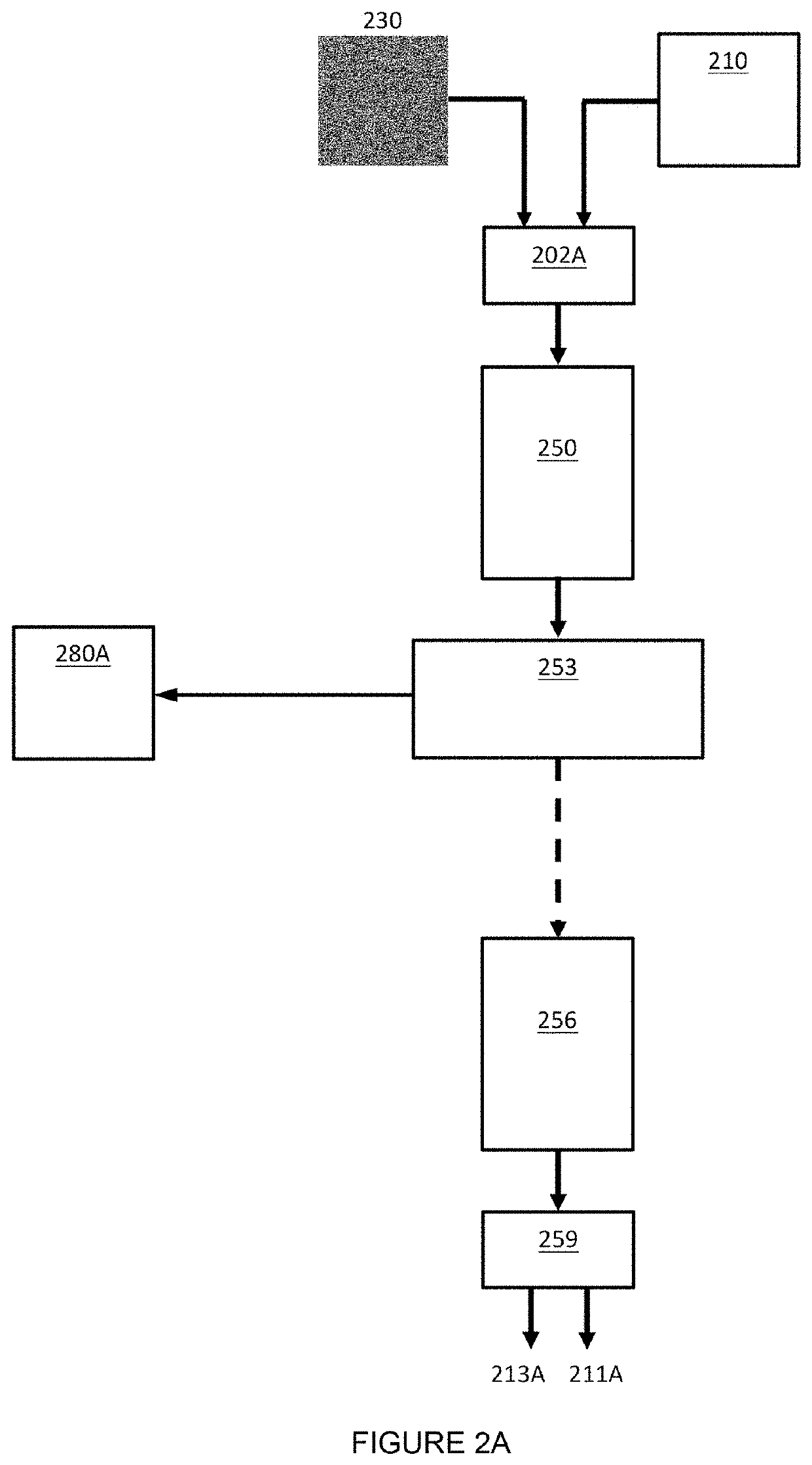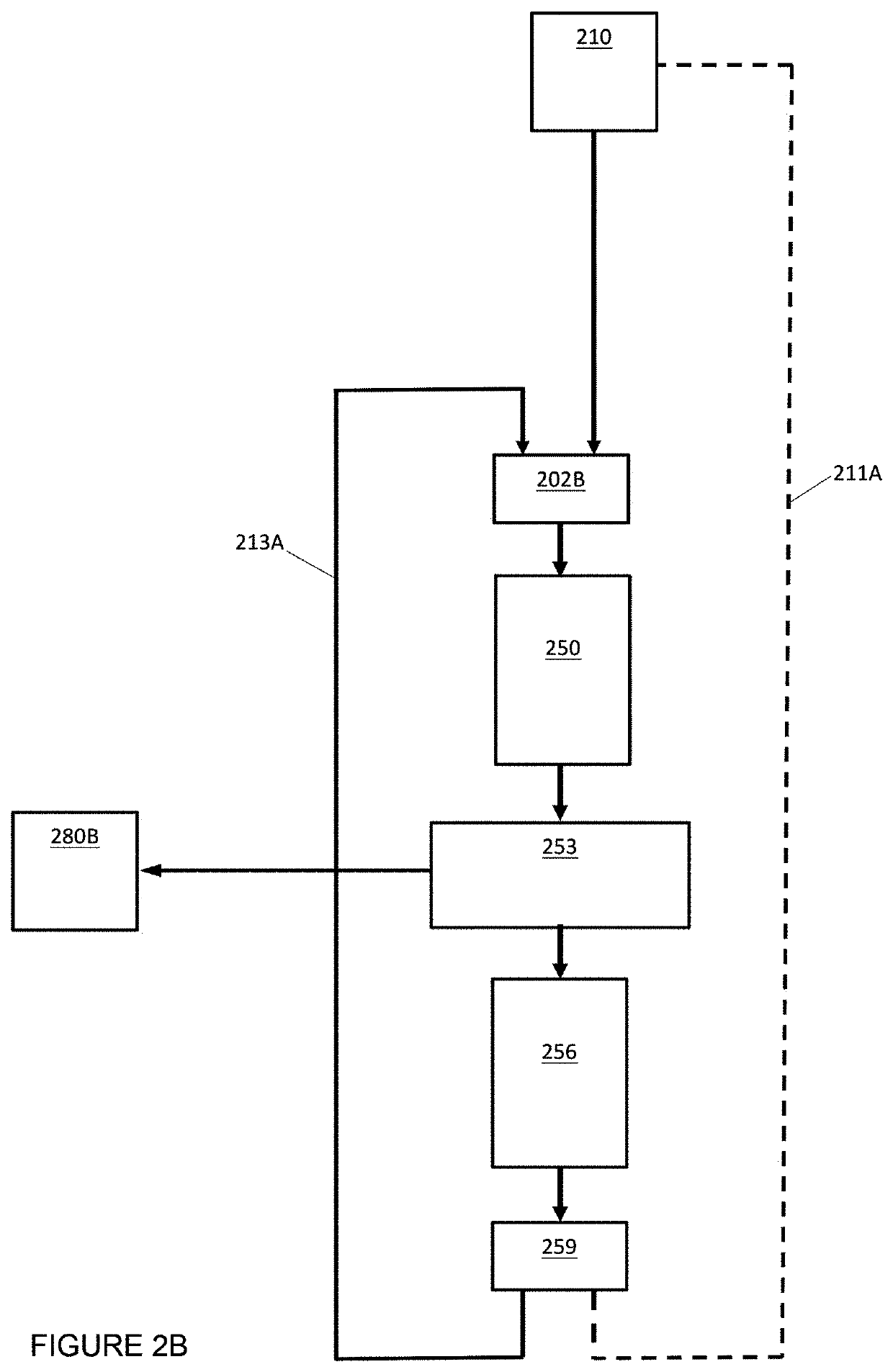Head-Up Display
a display and head-up technology, applied in the field of display devices, can solve the problems of affecting image quality, damage to the components of the picture generating unit such as the screen, and damage to the optical system or picture generating unit, so as to reduce the risk of damage to other components, reduce the range of incidence angles, and improve image quality
- Summary
- Abstract
- Description
- Claims
- Application Information
AI Technical Summary
Benefits of technology
Problems solved by technology
Method used
Image
Examples
Embodiment Construction
[0047]The present invention is not restricted to the embodiments described in the following but extends to the full scope of the appended claims. That is, the present invention may be embodied in different forms and should not be construed as limited to the described embodiments, which are set out for the purpose of illustration. Although different embodiments and groups of embodiments may be disclosed separately in the detailed description which follows, any feature of any embodiment or group of embodiments may be combined with any other feature or combination of features of any embodiment or group of embodiments. That is, all possible combinations and permutations of features disclosed in the present disclosure are envisaged.
[0048]In describing a time relationship—for example, when the temporal order of events is described as “after”, “subsequent”, “next”, “before” or suchlike—the present disclosure should be taken to include continuous and non-continuous events unless otherwise s...
PUM
| Property | Measurement | Unit |
|---|---|---|
| centre wavelength | aaaaa | aaaaa |
| centre wavelength | aaaaa | aaaaa |
| centre wavelength | aaaaa | aaaaa |
Abstract
Description
Claims
Application Information
 Login to View More
Login to View More - R&D
- Intellectual Property
- Life Sciences
- Materials
- Tech Scout
- Unparalleled Data Quality
- Higher Quality Content
- 60% Fewer Hallucinations
Browse by: Latest US Patents, China's latest patents, Technical Efficacy Thesaurus, Application Domain, Technology Topic, Popular Technical Reports.
© 2025 PatSnap. All rights reserved.Legal|Privacy policy|Modern Slavery Act Transparency Statement|Sitemap|About US| Contact US: help@patsnap.com



